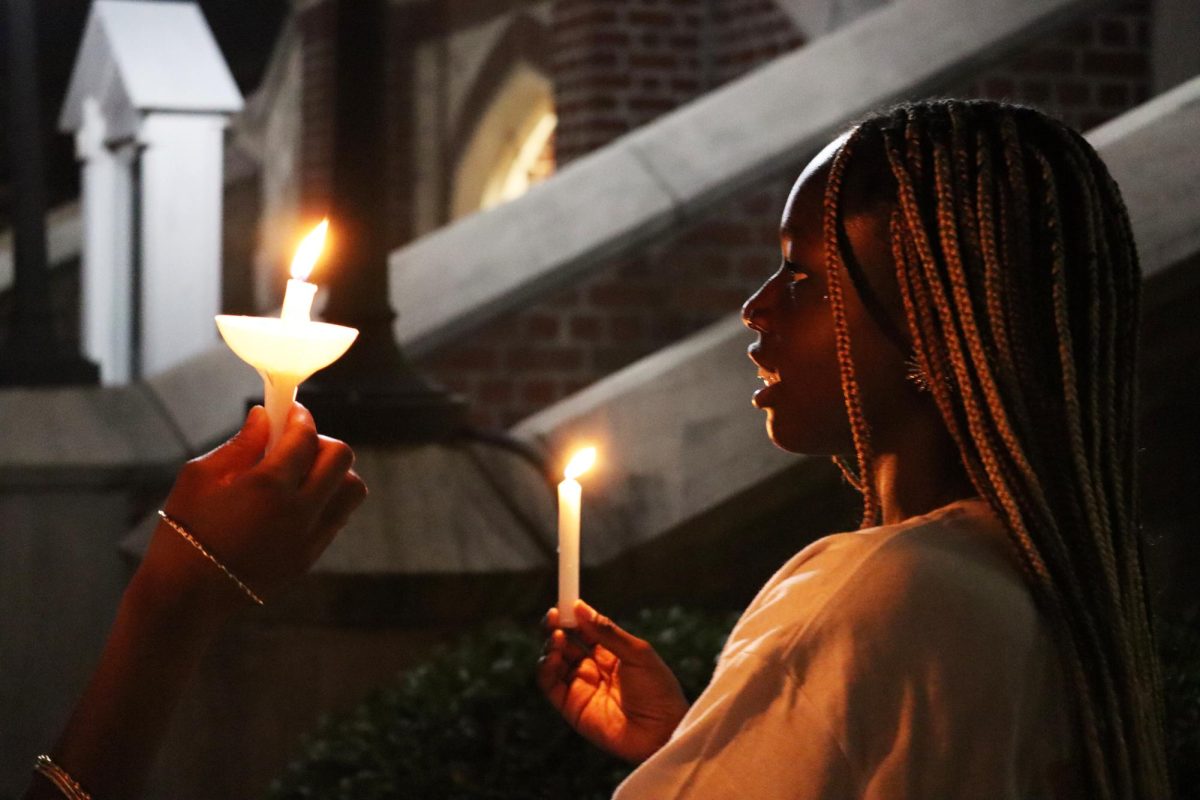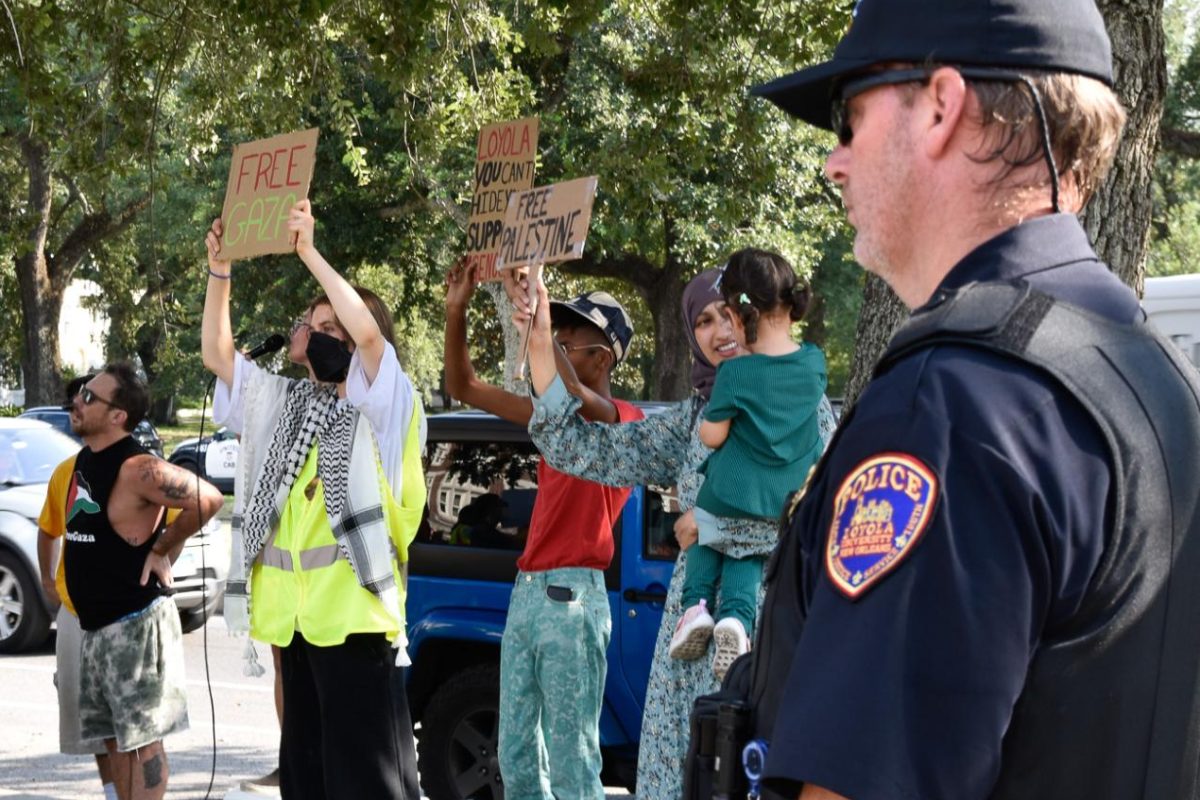Last week, the candidates running for office in the Student Government Association did something that most politicians are never capable of: they gave us straight answers.
For The Maroon’s 2009 “Issue About the Issues,” 19 of the 21 SGA candidates participated in a survey that asked for their stance on nine different campus issues — the honor code, serving learning, minus-sign grades, common curriculum, Student Health, candidate eligibility, the Hub, budget allocations and the campus smoking policy. Although they could explain their reasoning behind their answers online, only three chose to do that. Most responded only to the survey, which allowed them three answers: “yes,” “no” or “no answer.” While students involved in SGA are well-informed about specific issues at Loyola and each candidate’s stance on them, a large majority of the student body is not. Most students don’t know who their SGA representatives are, what they do or how it affects them. Voter turnout numbers were still low this year, at 29.4 percent (higher than the unopposed presidential election of 2008 but lower than 2007). It’s difficult enough to encourage college students to vote in state and federal elections, much less student government elections.
SGA can affect change in a way that few student organizations can. They have a large budget at their disposal and more opportunities for the administration to hear them than any other group of students. We stressed in our endorsements of our election issue that it’s important for SGA representatives to be good leaders, but it’s most important that those leaders are listening to the people they represent. Typical Loyola students may not know how policies go through the student government, but they do have opinions about the smoking ban on certain areas of campus and how well the common curriculum is serving them as liberal arts students. When the chart broke down candidates’ opinions of certain issues, the election suddenly became much less of a popularity contest. It leveled the playing field and broke down the election for those not involved in SGA. There will obviously always be people who only vote for their friends, but at least this time, students were given the opportunity to look at the candidates, side-by-side, and cast an informed vote. A chart full of SGA responses also revealed interesting patterns. All across the board, not one candidate agreed that Student Health was meeting campus needs. That might be common knowledge for students, but it certainly came as a surprise to Student Health. Representatives from the clinic have expressed interest in meeting with SGA after spring break to discuss any problems students are having with campus health services. We encourage anyone with a complaint to attend the open SGA Senate meeting Tuesday at 5 p.m. in the Audubon Room.
Loyola’s student government showed admirable maturity by responding to our survey in the days before elections. Candidates were busy campaigning and organizing — not to mention studying and working — and they took the time to pick a side and state their opinions. Even our national presidential candidates were not so openly opinionated last October and November. We’d like to thank SGA for their cooperation, and we hope next year’s election chart is just as successful.







